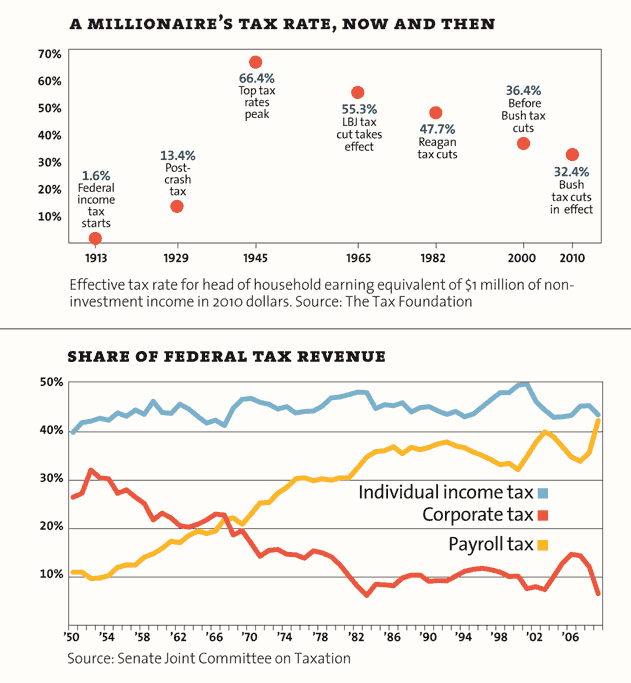"A century later, the global scale of economic organization has destroyed the equilibrium between business and corporations and civic associatons, and democracy may hang in the balance." - Mary P. Ryan, Civil Society as a Democratic Practice: North American Cities during the Nineteenth Century (page 584)Mary Ryan saw cities and close groups of voluntary association as the key to advancing democracy. I was please to read the above quote and I immediately thought of an article I read called "It's the Inequality, Stupid." While I can't personally vouch for the accuracy of the statistics, the graphs illustrate a fact that is ever present in American society, the gap between the rich and the poor, and what this means in terms of power and fair share of government.
I would like to know what my classmates think of this information in the context of our reading (not to underscore the relations to the revolutions in Egypt and North Africa of course).
Here is the link to the full article: http://motherjones.com/politics/2011/02/income-inequality-in-america-chart-graph

Paige,
ReplyDeleteThanks for this link; I'll take a look.
I'm also interested in the widening gap between the richest and the rest. That is another sort of inequality that has increased since the early 1800s.
LDL